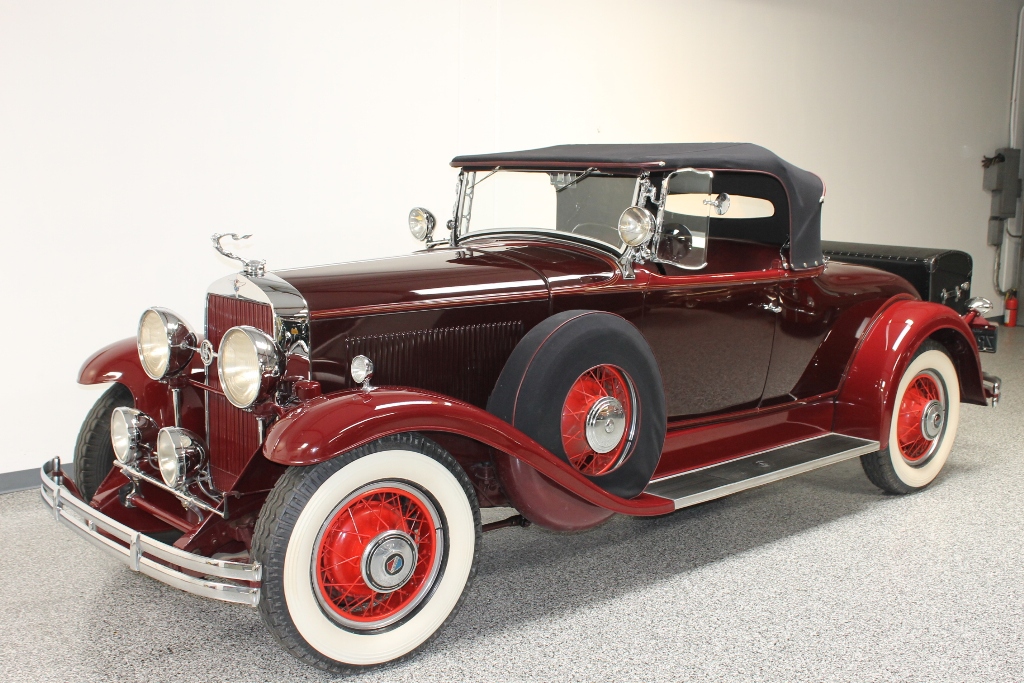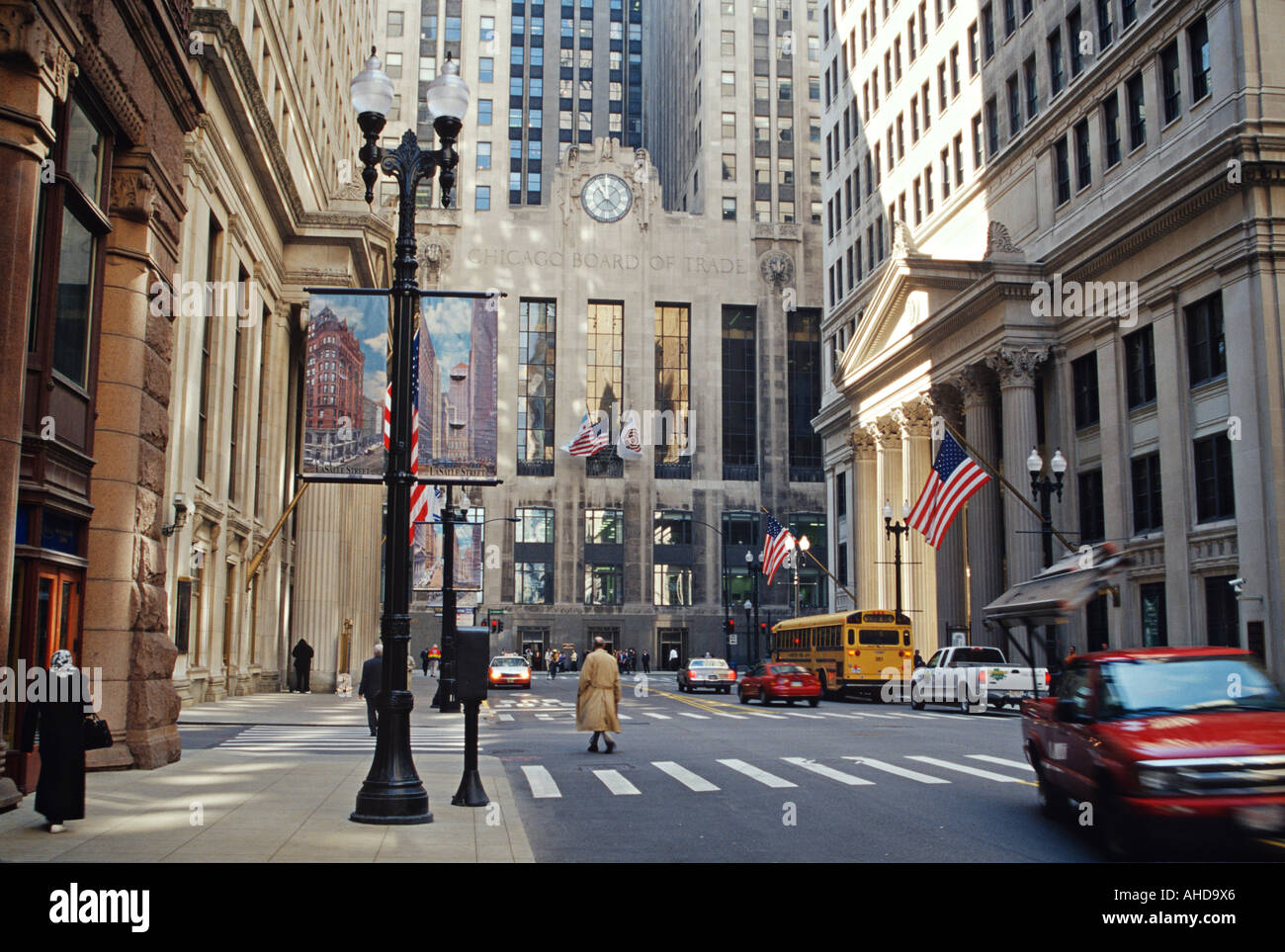

These were painted trims of blue, gold and green.
#Chicago 1930 lasalle lake windows#
The ballroom was designed with arched windows and vaulted ceilings. Its architectural style was also defined as "beaux-arts." Interior The hotel frontage on La Salle Street was 178 ft (54 m) while the Madison Street frontage was 161 ft (49 m).

The 80.47 m (264.0 ft) above ground level, 22 story building was built on rock caissons and had two basements. Resembling hotels of New York City, it had a particular similarity to the 1904 Hotel Astor. It was one of Chicago's leading hotels until North Michigan Avenue became host to the Drake Hotel (1918–20) and the Allerton Hotel (1923–4). The hotel was 22 stories high and claimed 1000 rooms. La Salle billed itself as "Chicago's Finest Hotel" and was a symbol of upper class extravagance in Chicago in the early twentieth century, with its grand ballrooms and luxury restaurants exuding a grandeur of the fine palace hotels of Europe. This created an illusion that the entire building was made up of glass. A special feature of this style is the "Chicago window" with a large pane of plate glass for each window flanked by constricted windows which could be opened.

The architects of this skyscraper building developed their own innovative architectural style within the " Chicago School". He got up, took a bow and walked off the floor. He slipped on a grease spot on the dance floor and broke his arm. Hollywood actor and dancer, Gene Kelly, said the only time he fell during an actual performance was on the dance floor at the La Salle Hotel in 1933. Varney was made the party's Presidential nominee. Īmong other events that took place at the hotel, include the 1928 Prohibition Party's National Convention July 10–12, 1928.

The famous Silver Grill Cocktail Lounge in the hotel was renamed "The Hour Glass" after renovation. After the fire, the hotel was rebuilt and renamed, at a cost of US $2 million, reopening in July 1947 and flourishing for 29 more years until it was razed in 1976 to construct office towers. At the time of the fire, guests occupied 886 rooms of the hotel, with 103 employees at work. However, all this history ended with a disastrous fire (see below) in the hotel on June 5, 1946, which was compounded by the fact that the hotel did not live up to its professed "safest hotel" claim, as there was lack of basic fire prevention, warning and firefighting facilities. Other visitors came as convention guests. A formal visit was also paid to the hotel by President Calvin Coolidge and his wife in 1925. During one of his long visits to Chicago, President William Howard Taft stayed in the presidential suite on the third floor of this hotel, converting it into de facto White House. When it was opened in 1909, it was hailed as the "largest, safest, and most modern hotel west of New York." The Republican Party of Illinois had their offices located in the luxurious Blue Fountain Room of the hotel. An elegant roof top garden was planned as a major attraction. The hotel was planned, designed and built in the commercial district of Chicago as an upscale hotel for an elite and influential clientele, with luxurious and stately walnut-paneled rooms and lobbies. President Calvin Coolidge at the hotel in 1925 Īfter a major fire in the hotel in June 1946, it was rebuilt at a cost of US$2 million and reopened in July 1947 it flourished for 29 more years, until it was demolished in 1976 to make room for office towers. It was built between 19 by Holabird & Roche, contemporaneously with the Blackstone Hotel designed by Benjamin Marshall in a very similar style and at the time was Chicago's finest hotel. It was situated to the southwest of Chicago City Hall and in very close proximity to St. The La Salle Hotel was a historic hotel that was located on the northwest corner of La Salle Street and Madison Street in the Chicago Loop community area of Chicago, Illinois, United States.


 0 kommentar(er)
0 kommentar(er)
